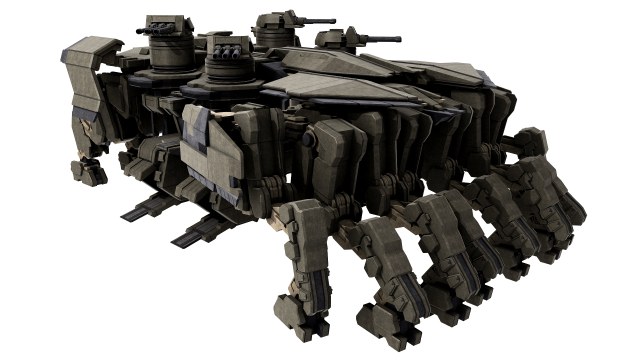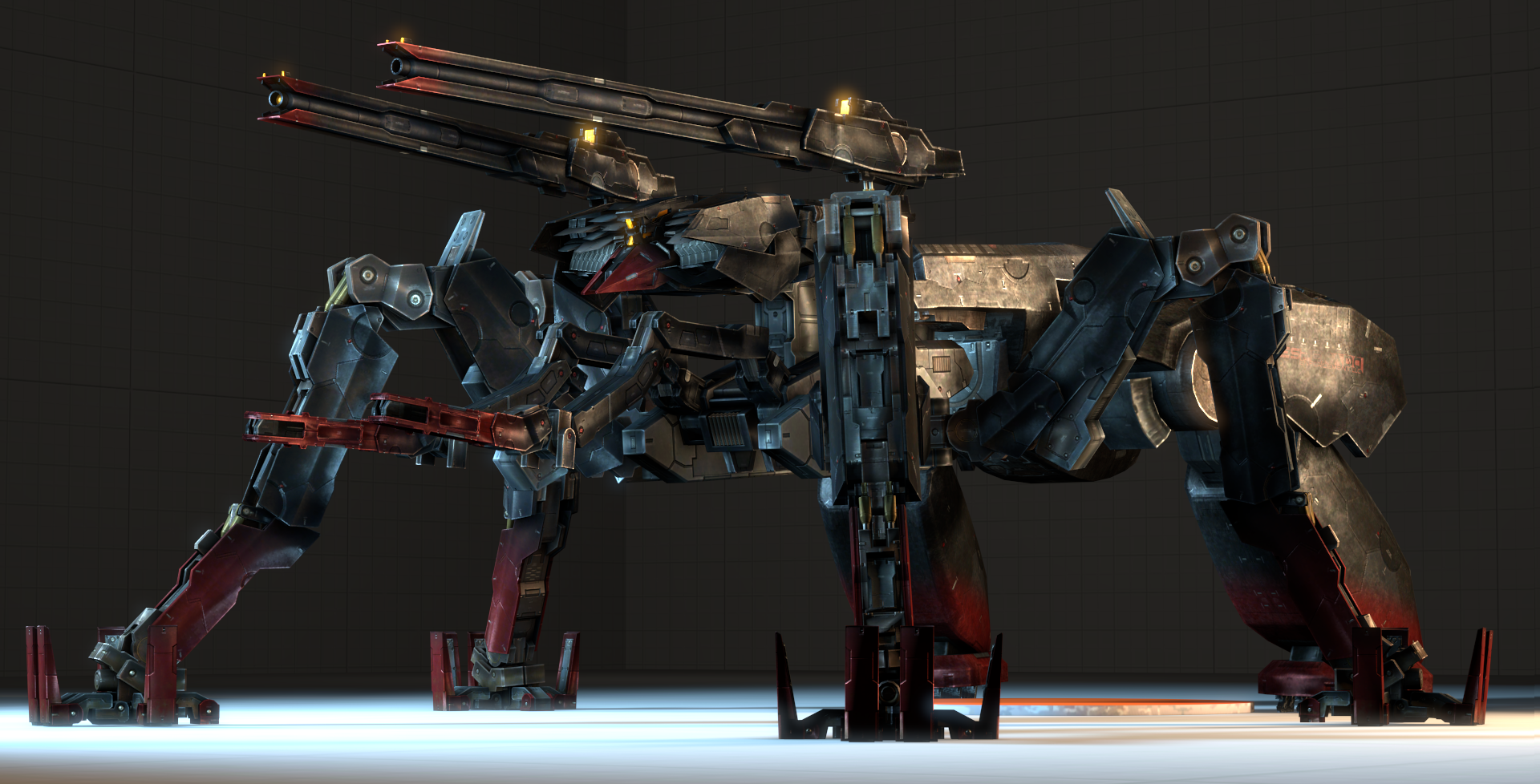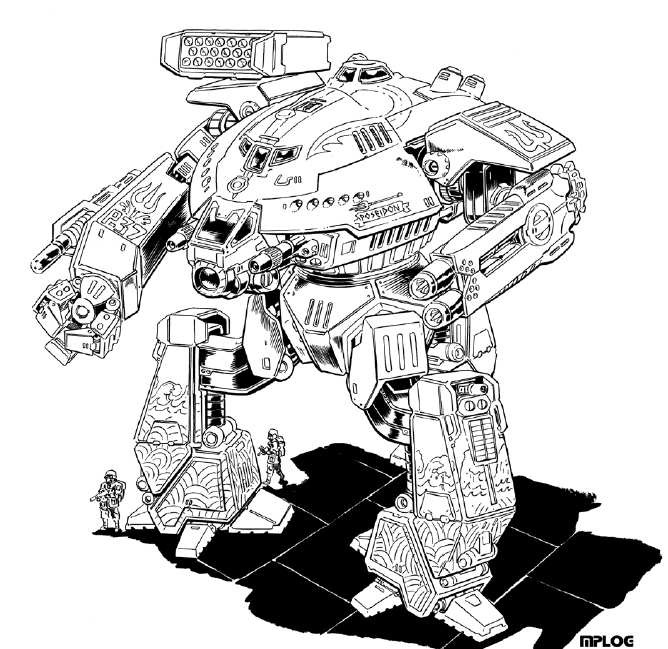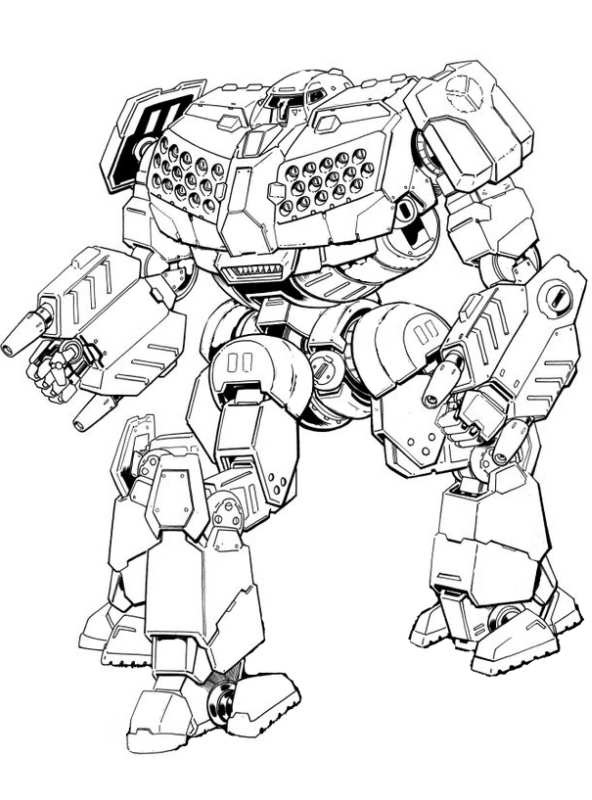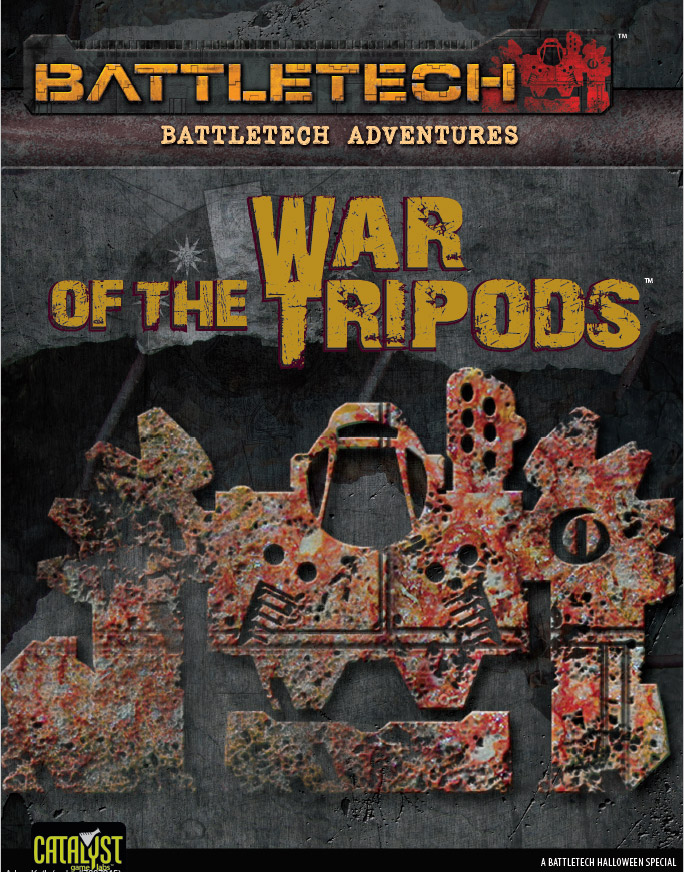Eh true but then what would you suggest we do or focus on. Up until now you have only pointed out potential dangers or downsides to idea's but never given any possible solutions to them.
He kind of does that, yeah.
Regarding the IS in general, I'm not too worried as a whole, mostly due to two factors. Well, two factors in regards to the IS states, and one factor in regards to us.
The first is, ironically, their sheer size. Even if they get one or two worlds of similar industrial sophistication and capacity as Helghan, the simple fact is that they need to stretch those industrial capabilities across a vastly larger number of systems and area of space. There are just so many worlds that need to be fixed up in some way or another and then protected, that the increased output from one or two worlds is less of a drop in the bucket, and more a drop in the ocean.
Now, in theory they could use that output to start snowballing by building up specific worlds, which then help to rebuild other worlds, and so on, but that kind of leads to the second factor: crabs-in-a-bucket-syndrome. The IS states have been warring against each other for several centuries by now, and they aren't gonna stop anytime soon. So instead of using their slightly recovered industrial capabilities to rebuild, they'll use those slightly recovered industrial capabilities to raise and maintain somewhat larger and more technologically sophisticated armies in order to try and conquer their neighbors or avoid being conquered by their neighbors. And with everyone fielding such forces against each other, there's effectively no real change to the Status Quo.
Also worth noting that this "crabs in a bucket" effect applies not only between the different IS states, but also inside those states themselves, as the various factions within each state will fight over how the additional resources/forces are to be used.
And the factor regarding us that people really should keep in mind, is that for all that almost the entire tech-tree (annoyingly, IMO) revolves around military technologies, the vast majority of our AP has been spent on non-military projects such as diplomacy, espionage, or recruiting and rebuilding worlds.
If we ever decide to flip that around and spend most, or even all, of our AP on churning out military forces, we can build dozens of warships and raise hundreds of thousands of conventional troops every turn, and keep that up for quite a while.
To help illustrate just how ridiculous our military-industrial capabilities are; with 10 APs we can raise 10 Armies, which are each about 10 RCTs' worth of conventional troops. So, about 100 RCTs' worth of conventional troops per turn, while still leaving nearly half of our AP available to construct warships, mechs, and MAWLRs.
While I have difficulty finding the site I originally got the numbers from, I think the FS at this point of the timeline has somewhere in the ballpark of 120-150 RCTs, in total, with their ability to increase those numbers severely limited by their economy and industry. By contrast, we could currently stand up about 77 Armies - or ~770 RCTs' worth - of conventional troops in total before we hit our
peacetime recruitment limit of 1% of our population.
For some more detailed suggestions regarding the armor-issue:
So lucky for us the mass production of that armor is still 38 years away so we don't have to worry about it for awhile. Also to keep thing interesting i would think even with this armor the arc cannon would keep its armor penetration. And this armor made all energy weapons less effective so eventually when everybody gets it loses it special protection because everybody will have the same protection.
The simple counter-measure here would be to make sure that many of our designs include at least some form of ballistic weaponry such as missile launchers, autocannons, or gauss weapons, which don't suffer from the reduced effectiveness, and in some cases the anti-energy armor is particularly susceptible to.
Also, if we want to be complete and utter assholes to our enemies (and
why the heck wouldn't we?), just make sure to steal or develop this armor for ourselves and use it on all of our Shielded designs. That way, enemies are caught in a Catch-22 where the weapon most effective at dealing with our shields will also suffer from severely degraded performance against our armor once the shields are gone.
Honestly i think were going to have to make a choice for our military. Are we going to go all in with expensive designs that are more powerful and have nice technologies but have overall less numbers or are we going to go the cost effective route which will result in more units but there on the same level as there adversaries.
I expect that as a whole our military will effectively split into two categories/branches.
On one hand, there'll be the local defensive forces - themselves a combination of planetary/system defense forces, and quick-reaction forces stationed at local nodal points to provide rapid reinforcements for the former - which will generally see active combat only very rarely, when an enemy launches an offensive into our territory, in which case they operate very close to our own lines of supply. Their equipment will thus likely be chosen accordingly, with a strong preference towards designs that are highly cost-effective but with a large logistical footprint.
On the other hand, there'll be what amounts of expeditionary forces, who conduct most of our military offensives and operations, and generally operate at the ends of fairly long lines of supply. As a result their equipment will likely be selected with an eye towards high-performance gear with as small of a logistical footprint as possible.
